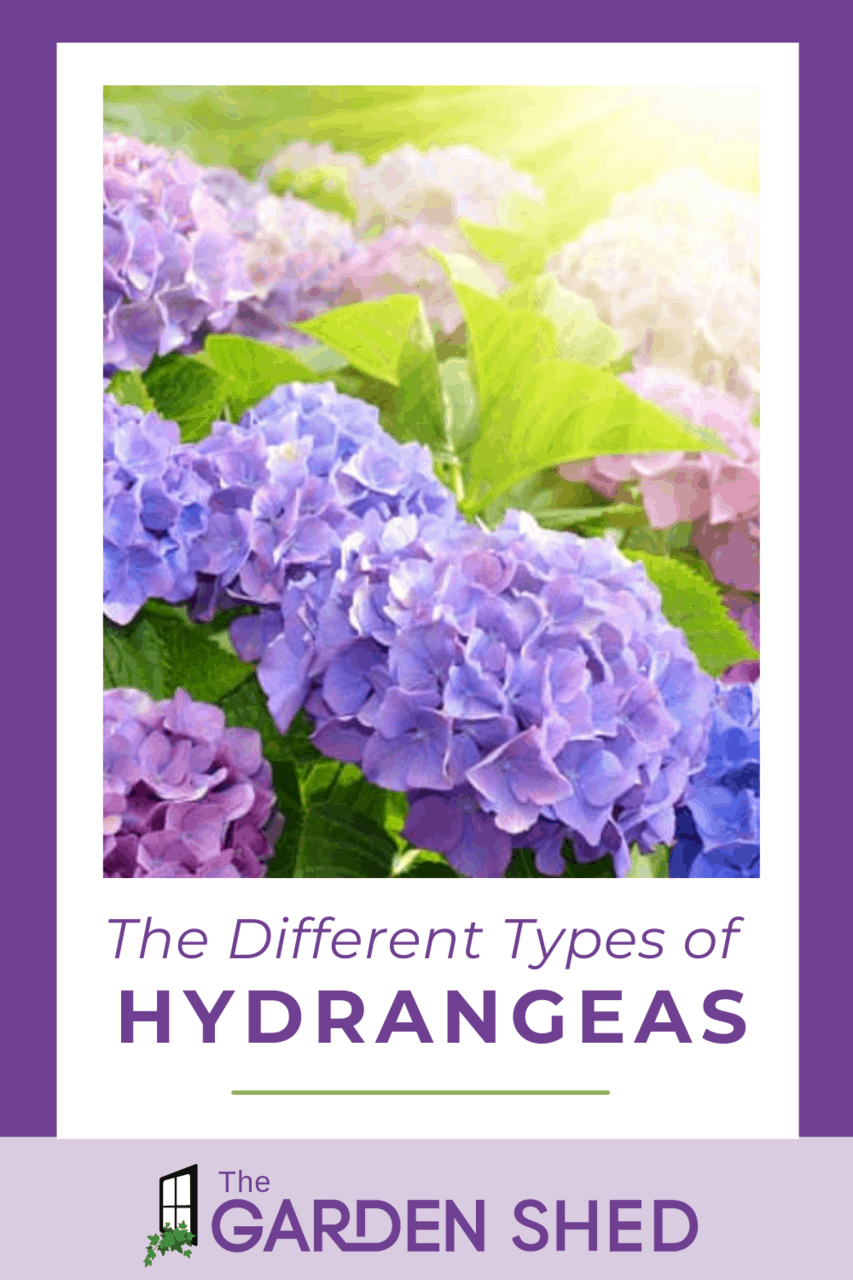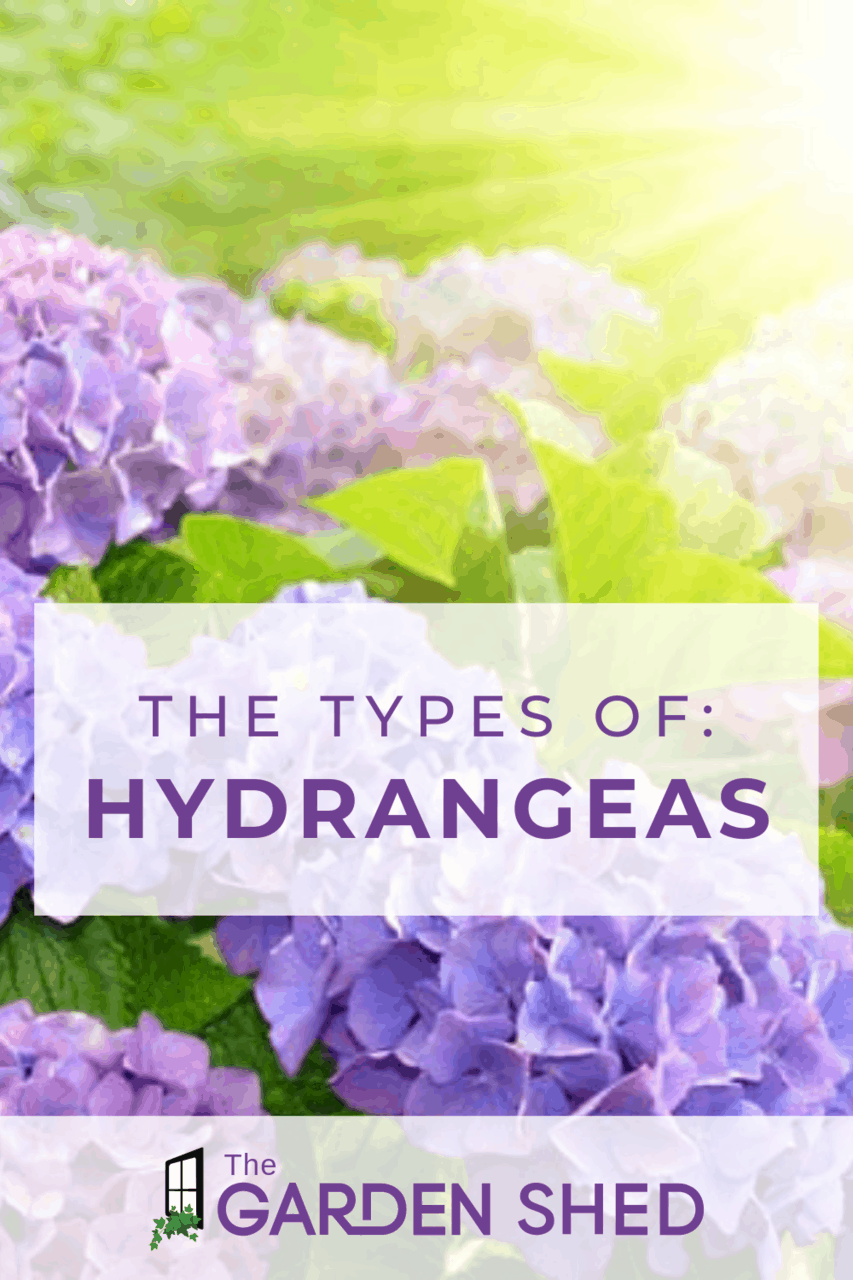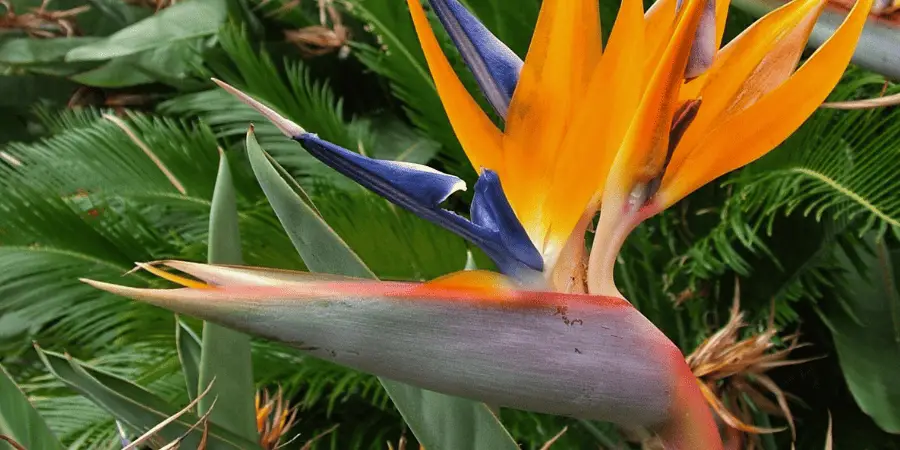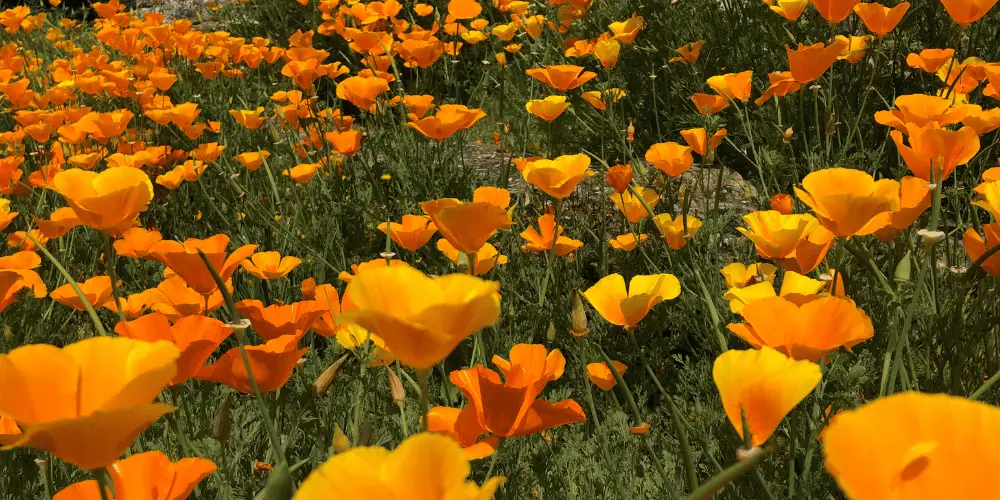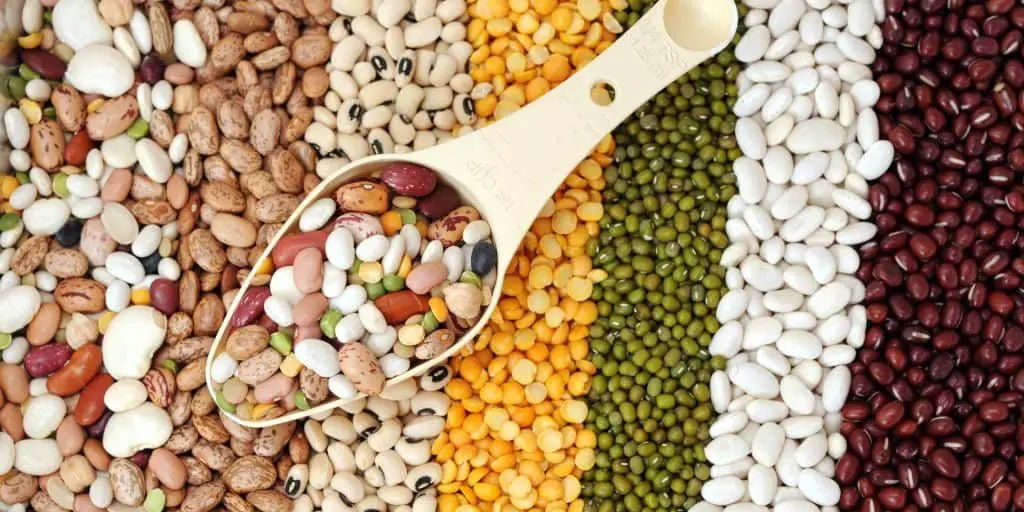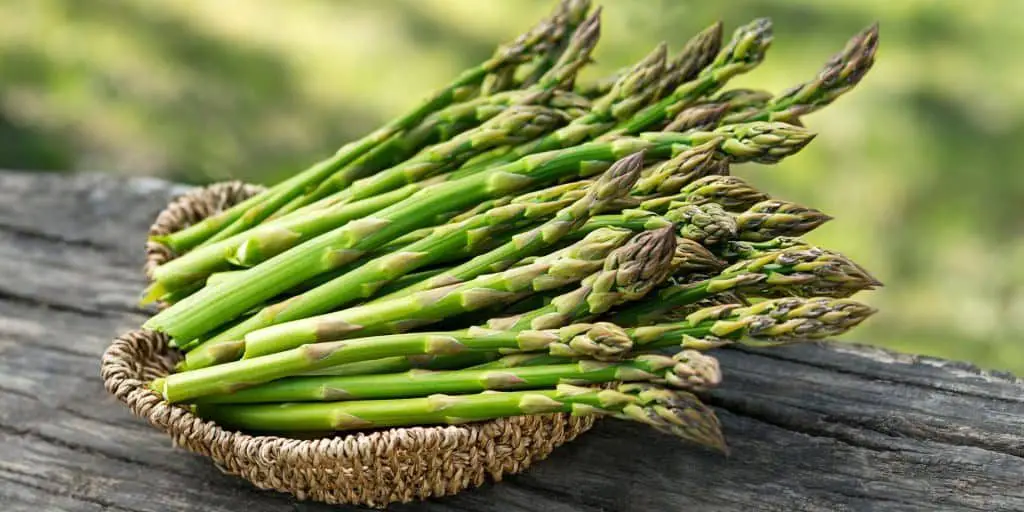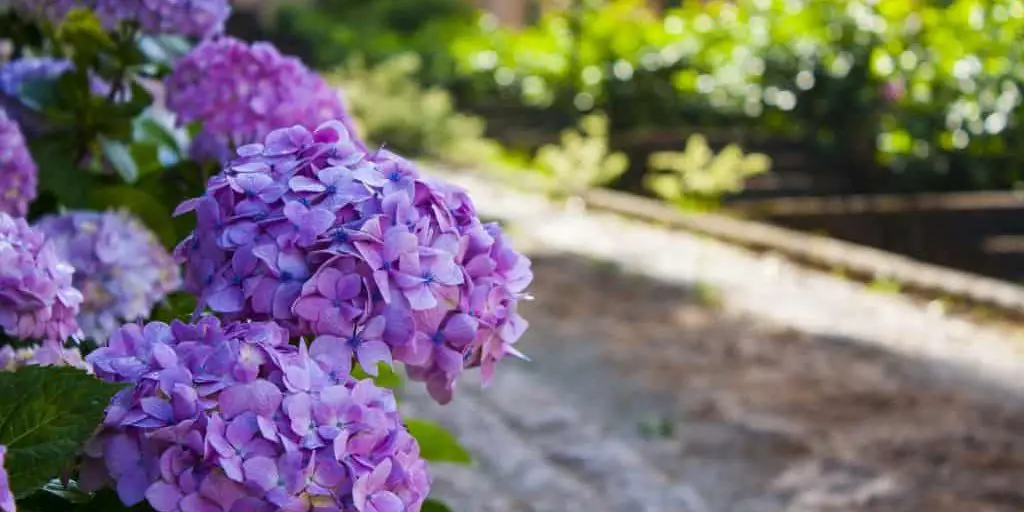
Different Types of Hydrangeas
Hydrangeas are much loved for their large and showy pink, blue, or white blossoms. Most are grown as shrubs and the flowers come in a vast range of sizes, shapes, and shades of colors. There are many different types of hydrangeas and, chances are, you can find one perfect for your yard. There are five main types of hydrangeas: bigleaf, smooth, oakleaf, paniculata, and climbing.
Bigleaf Hydrangea
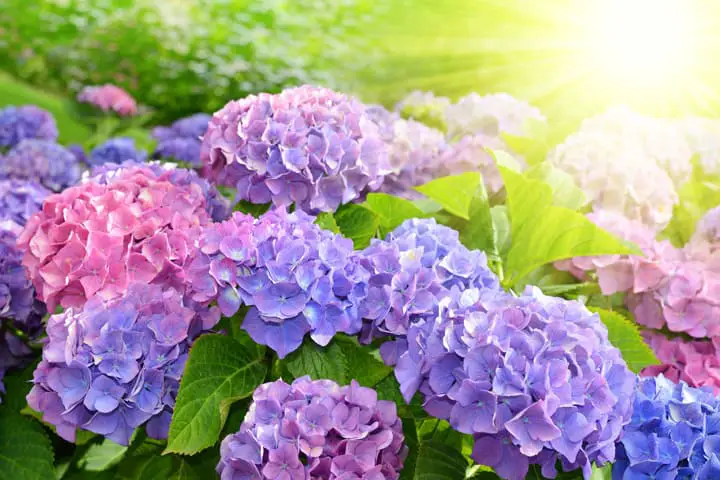
Botanical name – Hydrangea macrophylla
Also called French hydrangeas, the bigleaf hydrangea is the most common variety of hydrangea in the United States. The flowers are large and showy and the stems tend to be short.
Interestingly, soil condition will determine color of the blooms. Acidic soil, with pH lower than 6.0 creates blue or lavender-blue flowers. Alkaline soil, with a pH above 7.0 promotes pink and red blooms. Soil that tests between 6 and 7 yields purple or bluish-pink flowers. Soil can be amended by gardeners to create the desired colors of blooms. To raise pH, add garden lime. To lower pH, add garden sulfur or aluminum sulfate.
Mophead hydrangeas are the most popular bigleaf hydrangea. The leaves are thick and shiny and often heart-shaped. The edges are jagged like a saw. They have large flower heads and are either purple, blue, or pink.
Lacehead hydrangeas are similar in form and color to mopheads except that they have small buds in the center of their flowers.
Popular types of hydrangeas of the bigleaf varieties include Endless Summer, Nikko Blue, and Tokyo Delight.
Smooth Hydrangea
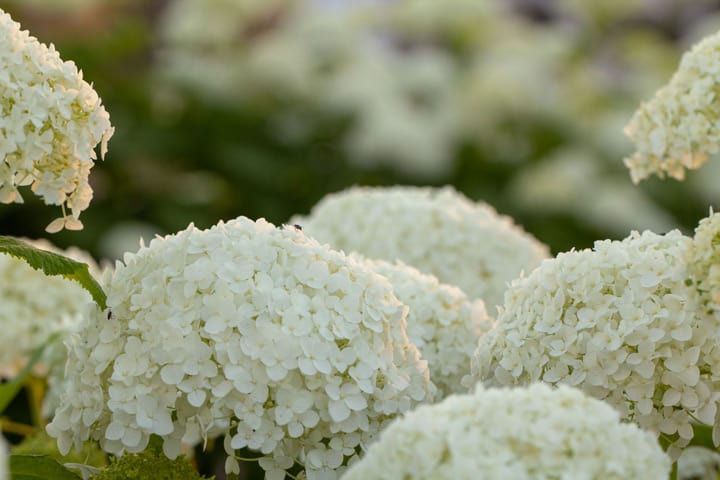
Botanical name – Hydrangea arborescens
Smooth hydrangeas are also called wild hydrangeas. These flowering shrubs are native to the United States and the growth habit is floppier than the bigleaf hydrangea. The stems also tend to be longer than the more compact bigleaf hydrangea.
Common names also include snowball, and Annabelle hydrangeas. These flowering shrubs generally tolerate a hotter climate. The blooms are not as showy, but the plants are tougher. They grow in zones 3 to 9 and do best in part shade. Common colors range from white to pink.
Popular varieties include Incrediball, Annabelle, and White Dome.
Oakleaf Hydrangea
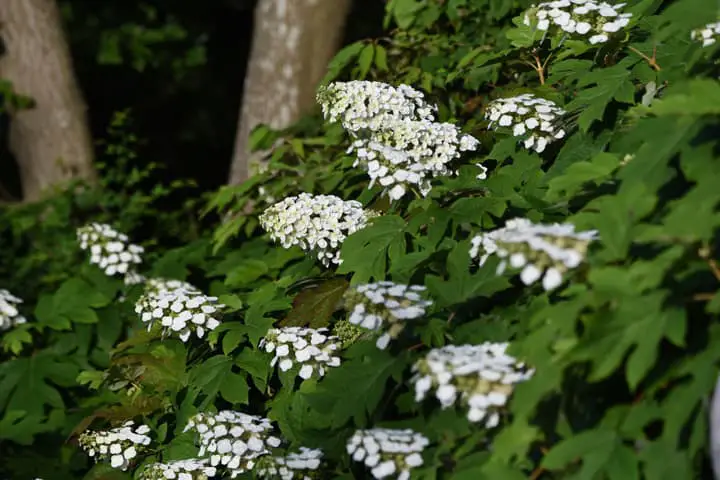
Botanical name – Hydrangea quercifolia
Of all types of hydrangeas, the oakleaf hydrangea is easily identified by its leaves which resemble the leaves of an oak tree. Also like an oak tree, the leaves of the oakleaf hydrangea change color in the fall. They are found in zones 5 to 11 and enjoy part to full shade. Colors include white, pink, blue, and purple. They typically bloom from June to October.
Popular varieties include Snowflake, Ruby Slippers, and Pee Wee.
Paniculata Hydrangea
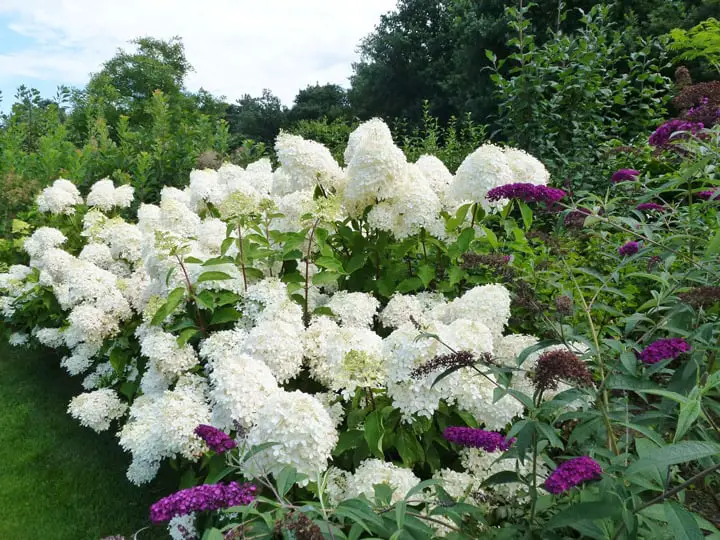
Botanical name – Hydrangea Paniculata
Also called panicled or panicle hydrangea, the paniculata hydrangea has a cone-shaped flower head. They do well in zones 3 to 8 and like full sun to part shade. Paniculata hydrangeas are only available in white and do not change color with soil conditions, unlike bigleaf hydrangeas. They bloom from July to September.
Popular varieties include Grandiflora, Limelight, and Vanilla Strawberry.
Climbing Hydrangea
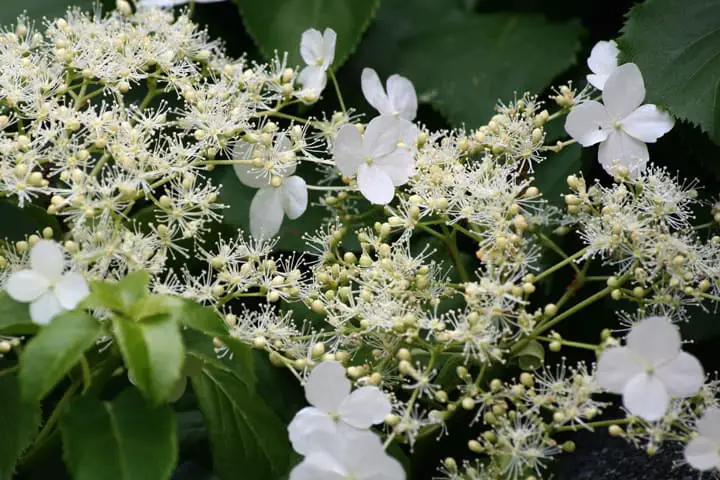
Botanical name – Hydrangea anomala
When it comes to types of hydrangeas, climbing hydrangeas are the easiest to identify due to their climbing nature.
The climbing hydrangea is actually a vine and can grow from thirty to sixty feet long. They grow in zones 4 to 8 and enjoy part to full shade. They are white in color and bloom from May to July.
Popular varieties include Miranda, Moonlight, and Firefly.
Types of Hydrangeas for Shade
Most types of hydrangeas do well in shade or dappled shade. Ideally, bigleaf, smooth, oakleaf, and climbing hydrangeas need an environment with morning sun and afternoon shade. Deep shade may result in less blooms, so you may want to trim overhead trees to allow more sun to reach the plants. Endless Summer is a great variety for dappled shade.
Of all the hydrangeas, climbing hydrangeas are most tolerant of full shade. They will do best with a bit of sunshine, but have been known to also thrive in full shade.
Types of Hydrangeas for Sun
When it comes to full sun, the best types of hydrangeas are always paniculatas. As long as these plants are not allowed to dry out, they will thrive in full sun conditions. They begin with a beautiful white-green blossom that evolves into varying shades of red and pink. Limelight is a particularly lovely variety that does well in full sun.
Can You Plant Different Types of Hydrangeas Together?
Different types of hydrangeas can be planted together successfully if you keep in mind the individual needs of the plants. For example, plant your paniculatas in the sunniest part of the grouping. Plant larger varieties in the back of your grouping so the don’t overshadow the smaller shrubs. The obvious advantage to planting different types of hydrangeas together is that one type will almost always be blooming. It also makes watering and fertilizing easier.
With a little work, you’ll find just the right hydrangeas for your yard! If you want to learn more and connect with others who love Hydrangeas, consider joining the American Hydrangea Society. Learn more about this great organization.
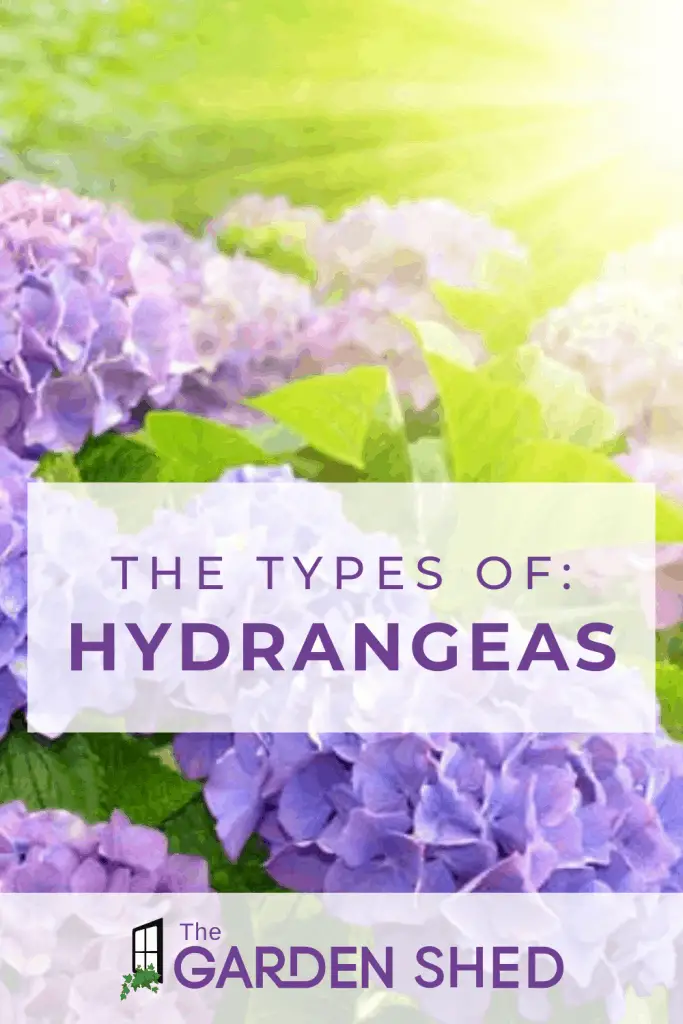
Related posts:
- Top Reasons Why Your Hydrangea Won’t Bloom
- Hydrangea Meaning and Symbolism
- Why Is My Hydrangea Wilting?
- Deadheading Hydrangeas: Do You Cut Off Dead Hydrangeas?
